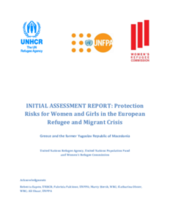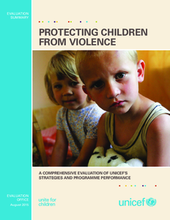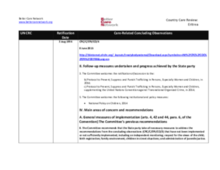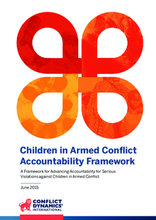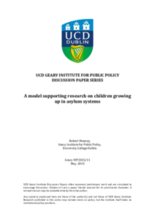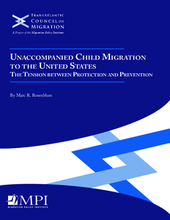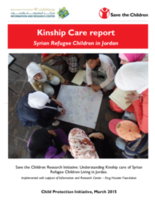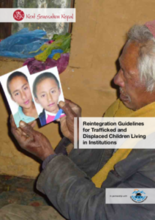Displaying 361 - 370 of 516
Concerned by the protection risks faced by women and girls, the United Nations Refugee Agency (UNHCR), the United Nations Population Fund (UNFPA) and the Women’s Refugee Commission (WRC) undertook a joint seven-day assessment mission to Greece and the former Yugoslav Republic of Macedonia in November 2015. This report describes the assessment’s findings and key recommendations for the European Union (EU), transit and destination country governments, humanitarian actors and civil society organizations (CSOs).
The CPC Learning Network and UNHCR are collaborating to develop and test a Child Protection Index (CPI), a measure of strength of the child protection system in refugee settings, based on UNHCR’s Framework for the Protection of Children. This report details the results of the baseline study conducted from December 2014-February 2015 in Kiryandongo and Adjumani refugee settlements, Uganda.
This report on Protecting Children from Violence: A Comprehensive Evaluation of UNICEF’s Strategies and Programme Performance was prepared by independent consultants to evaluate UNICEF's work on violence against children (VAC).
This country care review includes the care related Concluding Observations adopted by the Committee on the Rights of the Child.
This Framework is designed as a practical resource to promote accountability for serious violations of international law committed against children in armed conflict.
This paper examines the Irish national and international legislation governing asylum systems, provides an overview of the Irish Direct Provision system and suggests a model under which these cases may be analysed across different societal levels.
This study aimed to bridge the gap in knowledge of the relationship between general mental health and working with unaccompanied asylum-seeking refugee children who are due for forced repatriation for social workers and police officers in Sweden.
This report examines the policy challenge in the United States of balancing protection and immigration enforcement in the recent unaccompanied child migration “crisis” in the US.
The overall objective of this research was to increase understanding of kinship care practices as experienced by Syrian refugee children and caregivers in Jordan, which can be used to inform programming and policy developments on children’s care and protection in a humanitarian context.
This document provides guidelines to reintegrating trafficked and displaced children in Nepal, based on the approach and methodology developed and utilized by Next Generation Nepal (NGN) and The Himalayan Innovative Society (THIS).

